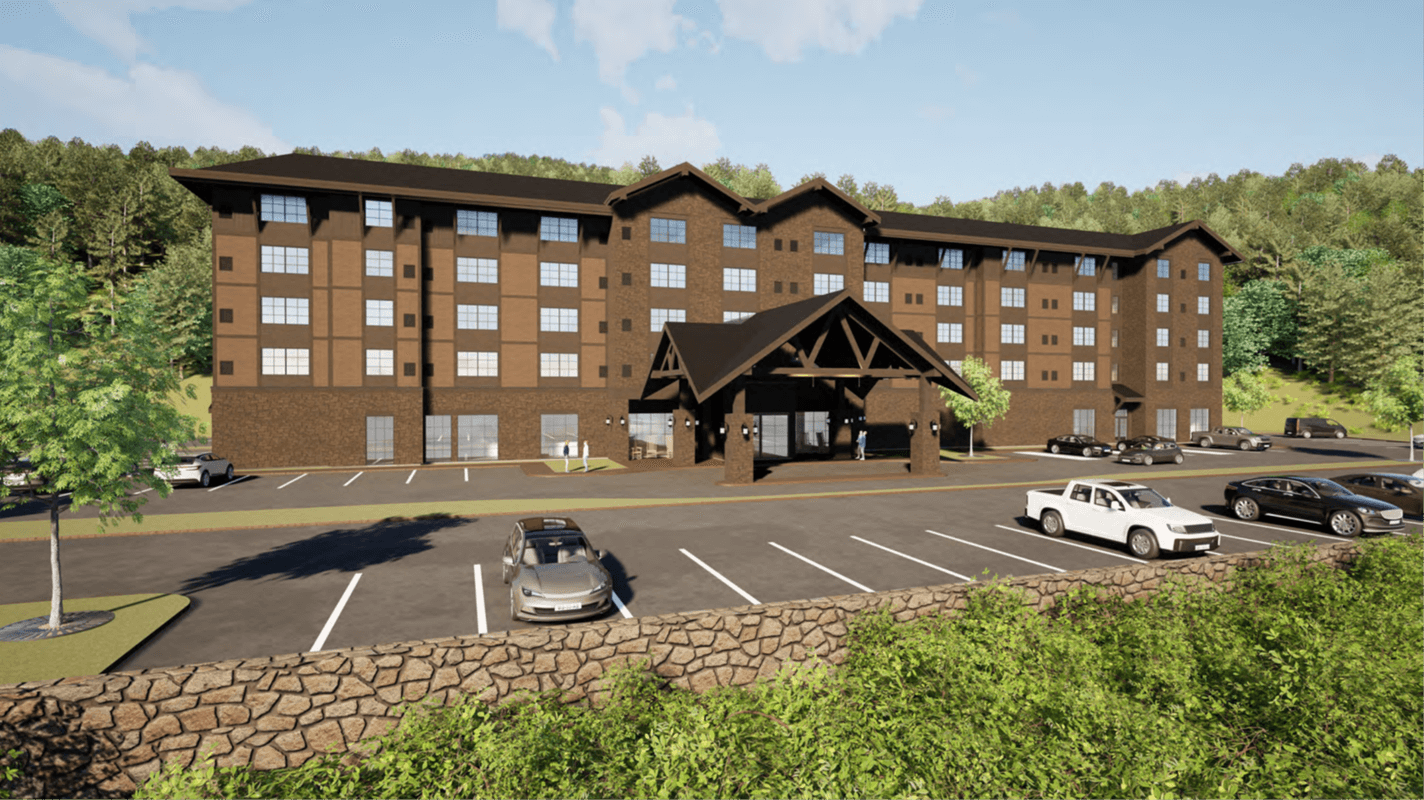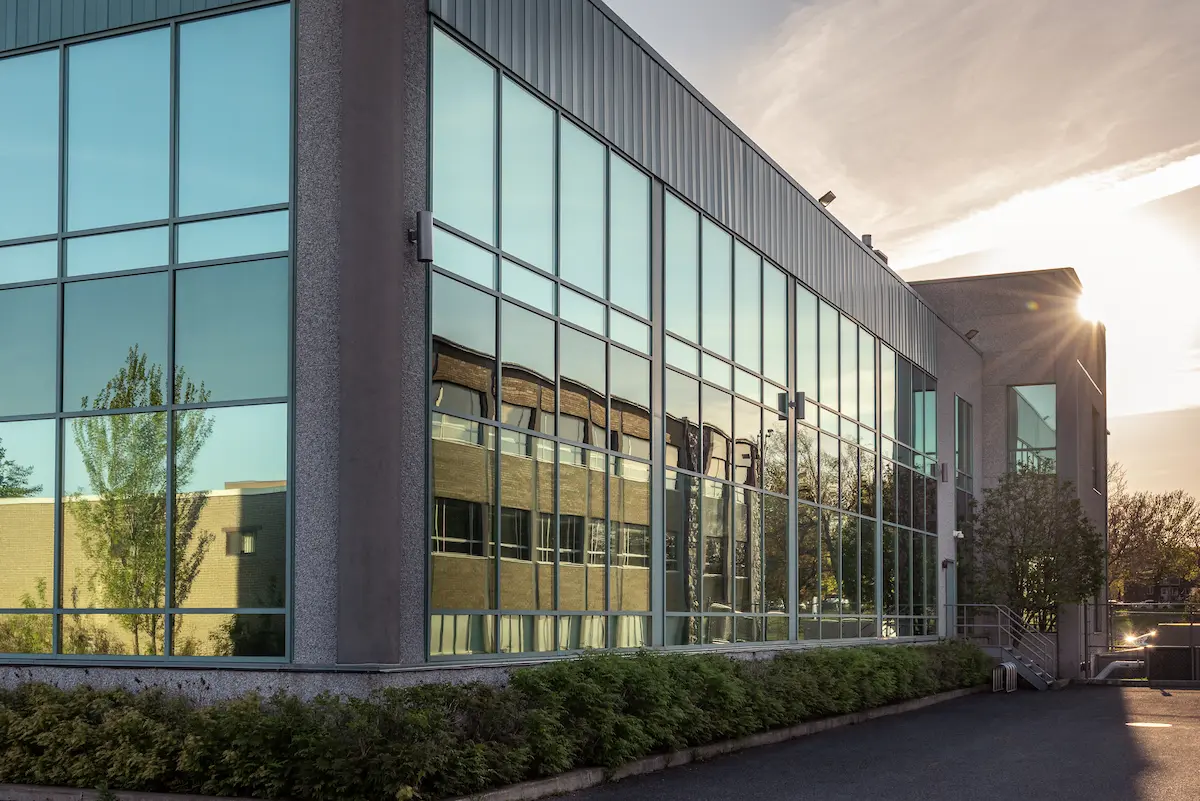American Dreams, Realized.
Looking for a trusted partner that can guide you to potentially obtaining a green card. Peachtree Group manages billions in capital across acquisitions, development, and lending. Peachtree helps clients secure permanent residency in the U.S. through the EB-5 Immigrant Investor Visa program.
EB-5 Fully Funded
Project Portfolio
Hotel BrandsPeachtree Group works with.






A Simplified Guide to EB-5 Visa Requirements and Availability.
Why Partner with Peachtree Group?
Experienced Advisors
Senior Secured Loans
Smaller Projects
We Have Skin in the Game
Your EB-5 FAQs, answered.

The U.S. Congress created the Employment Based fifth preference immigrant visa program (the “EB-5 Program”) in 1990 to stimulate the U.S. economy through job creation and capital investment from foreign investors. The EB-5 Program allows investors, and their spouses and unmarried children under 21, to apply for U.S. lawful permanent residence by making a qualified investment into a new commercial enterprise with the intend of creating or preserving ten (10) permanent full-time jobs for qualified U.S. workers.
In 1992, U.S. Congress created the EB-5 Immigrant Investor Program, also known as the Regional Center Program, which sets aside EB-5 visas for participants who invest in commercial enterprises associated with regional centers approved by USCIS based on proposals for promoting economic growth, including prospective job creation and increased domestic capital investment. On March 15, 2022, President Biden signed the EB-5 Reform and Integrity Act as part of the Consolidated Appropriations Act, 2022 (Public Law 117-103), which created new requirements for the EB-5 immigrant visa category and the Regional Center Program. Immigrant visas are authorized under the Regional Center Program through September 30, 2027.
Based on the current requirements under the EB-5 Program a qualified immigrant investor must invest $1,050,000. The amount of capital required is reduced to $800,00 for an investment in a targeted employment area or in an infrastructure project. The administrative fee, legal and application fees are not included.
Minimum Capital Investment: $800,000 invested over 5-7 years.Background Check: No U.S. immigration law violations, criminal convictions, or history of financial fraud.Documented Lawful Source of Funds: Requires documentation proving the capital investment was earned legitimately.‘‘At Risk "Investment: The investment must be fully invested in the U.S. economy for a minimum of twenty-four months, and until the required jobs are created.Create Jobs: The investment must lead to the creation of at least 10 jobs for U.S. workers.
- Minimum Capital Investment: $800,000 invested over 5-7 years.
- Background Check: No U.S. immigration law violations, criminal convictions, or history of financial fraud.
- Documented Lawful Source of Funds: Requires documentation proving the capital investment was earned legitimately.
- ‘‘At Risk "Investment: The investment must be fully invested in the U.S. economy for a minimum of twenty-four months, and until the required jobs are created.
- Create Jobs: The investment must lead to the creation of at least 10 jobs for U.S. workers.
A targeted employment area is a rural area, or an area designated by the Secretary of Homeland Security as a high unemployment area at the time of the investment. The term “rural area” means any area other than an area within a metropolitan statistical area (as designated by the Director of the Office of Management and Budget) or within the outer boundary of any city or town having a population of 20,000 or more (based on the most recent decennial census of the United States). A high unemployment area is an area that has experienced unemployment at a rate that is at least 150% of the U.S. national average.
- Select the Project
- Review and sign the offering documents
- Deposit the $800,000 capital contribution and administrative fee
- File Form I-526E, Immigrant Petition by Regional Center Investor with USCIS;*If you are already in the US studying / working under a different visa, at the time of the Form I-526E filing, you will be eligible for concurrent filing, which allows you to remain in the U.S., and to work and travel in and out of the U.S. while your Form I-526E is pending.
- Once the Form I-526E is approved if you are residing in the U.S you may submit your Form I-485 Application to Register Permanent Residence or Adjust Status to USCIS; or if you are abroad, the National Visa Center will notify you to visit a US Consulate to obtain an EB-5 visa for admission to the U.S. The green card issued to you at this stage is a conditional green card which is valid for two (2) years.
- Between 21 – 24 months after receiving you conditional green card, you will submit Form I-829, Petition by Investor to Remove Conditions on Permanent Resident Status to USCIS, which would provide documentation to prove that the investment has been sustained and the job have been created. Once the Form I-829 is approved, you will become a Permanent Resident of the U.S.
- The EB-5 visa is available to citizens of all countries
- The immigrant petition covers the investor, his/ her spouse, and all unmarried children under 21
- The investment amount may be gifted or loaned to the immigrant investor
- To qualify for the EB-5 visa, there is no age, education, business experience or language requirements
- The EB-5 visa provides a quick path to permanent residence and U.S. citizenship
- Provides freedom to live, work, study and own property in the U.S.
- The right to attend public school and college
- You and your family are protected by all of the laws of the U.S, the State in which you reside, as well as local jurisdictions.
A Path to Permanent Residency
Stay informed.

The American Bazaar: Trump’s Midas touch? A million-dollar Gold Card to the American dream
What’s a Rich Text element?
What’s a Rich Text element?The rich text element allows you to create and format headings, paragraphs, blockquotes, images, and video all in one place instead of having to add and format them individually. Just double-click and easily create content.
The rich text element allows you to create and format headings, paragraphs, blockquotes, images, and video all in one place instead of having to add and format them individually. Just double-click and easily create content.Static and dynamic content editing
Static and dynamic content editingA rich text element can be used with static or dynamic content. For static content, just drop it into any page and begin editing. For dynamic content, add a rich text field to any collection and then connect a rich text element to that field in the settings panel. Voila!
A rich text element can be used with static or dynamic content. For static content, just drop it into any page and begin editing. For dynamic content, add a rich text field to any collection and then connect a rich text element to that field in the settings panel. Voila!How to customize formatting for each rich text
How to customize formatting for each rich textHeadings, paragraphs, blockquotes, figures, images, and figure captions can all be styled after a class is added to the rich text element using the "When inside of" nested selector system.
Headings, paragraphs, blockquotes, figures, images, and figure captions can all be styled after a class is added to the rich text element using the "When inside of" nested selector system.
Peachtree Group Receives USCIS Approval for EB-5 Funded The Scoundrel, a Tribute Portfolio by Marriott Development
What’s a Rich Text element?
What’s a Rich Text element?The rich text element allows you to create and format headings, paragraphs, blockquotes, images, and video all in one place instead of having to add and format them individually. Just double-click and easily create content.
The rich text element allows you to create and format headings, paragraphs, blockquotes, images, and video all in one place instead of having to add and format them individually. Just double-click and easily create content.Static and dynamic content editing
Static and dynamic content editingA rich text element can be used with static or dynamic content. For static content, just drop it into any page and begin editing. For dynamic content, add a rich text field to any collection and then connect a rich text element to that field in the settings panel. Voila!
A rich text element can be used with static or dynamic content. For static content, just drop it into any page and begin editing. For dynamic content, add a rich text field to any collection and then connect a rich text element to that field in the settings panel. Voila!How to customize formatting for each rich text
How to customize formatting for each rich textHeadings, paragraphs, blockquotes, figures, images, and figure captions can all be styled after a class is added to the rich text element using the "When inside of" nested selector system.
Headings, paragraphs, blockquotes, figures, images, and figure captions can all be styled after a class is added to the rich text element using the "When inside of" nested selector system.
Adam Greene Highlights EB-5 Stability and Opportunity Amid U.S. Policy Shifts
What’s a Rich Text element?
What’s a Rich Text element?The rich text element allows you to create and format headings, paragraphs, blockquotes, images, and video all in one place instead of having to add and format them individually. Just double-click and easily create content.
The rich text element allows you to create and format headings, paragraphs, blockquotes, images, and video all in one place instead of having to add and format them individually. Just double-click and easily create content.Static and dynamic content editing
Static and dynamic content editingA rich text element can be used with static or dynamic content. For static content, just drop it into any page and begin editing. For dynamic content, add a rich text field to any collection and then connect a rich text element to that field in the settings panel. Voila!
A rich text element can be used with static or dynamic content. For static content, just drop it into any page and begin editing. For dynamic content, add a rich text field to any collection and then connect a rich text element to that field in the settings panel. Voila!How to customize formatting for each rich text
How to customize formatting for each rich textHeadings, paragraphs, blockquotes, figures, images, and figure captions can all be styled after a class is added to the rich text element using the "When inside of" nested selector system.
Headings, paragraphs, blockquotes, figures, images, and figure captions can all be styled after a class is added to the rich text element using the "When inside of" nested selector system..jpeg)
.jpeg)













